The Fall foliage of New England and Canada, as witnessed from the deck of a cruise ship
Steven King journeys from New York to Montréal, via Nova Scotia, in search of the Americas' most famous natural phenomenon.

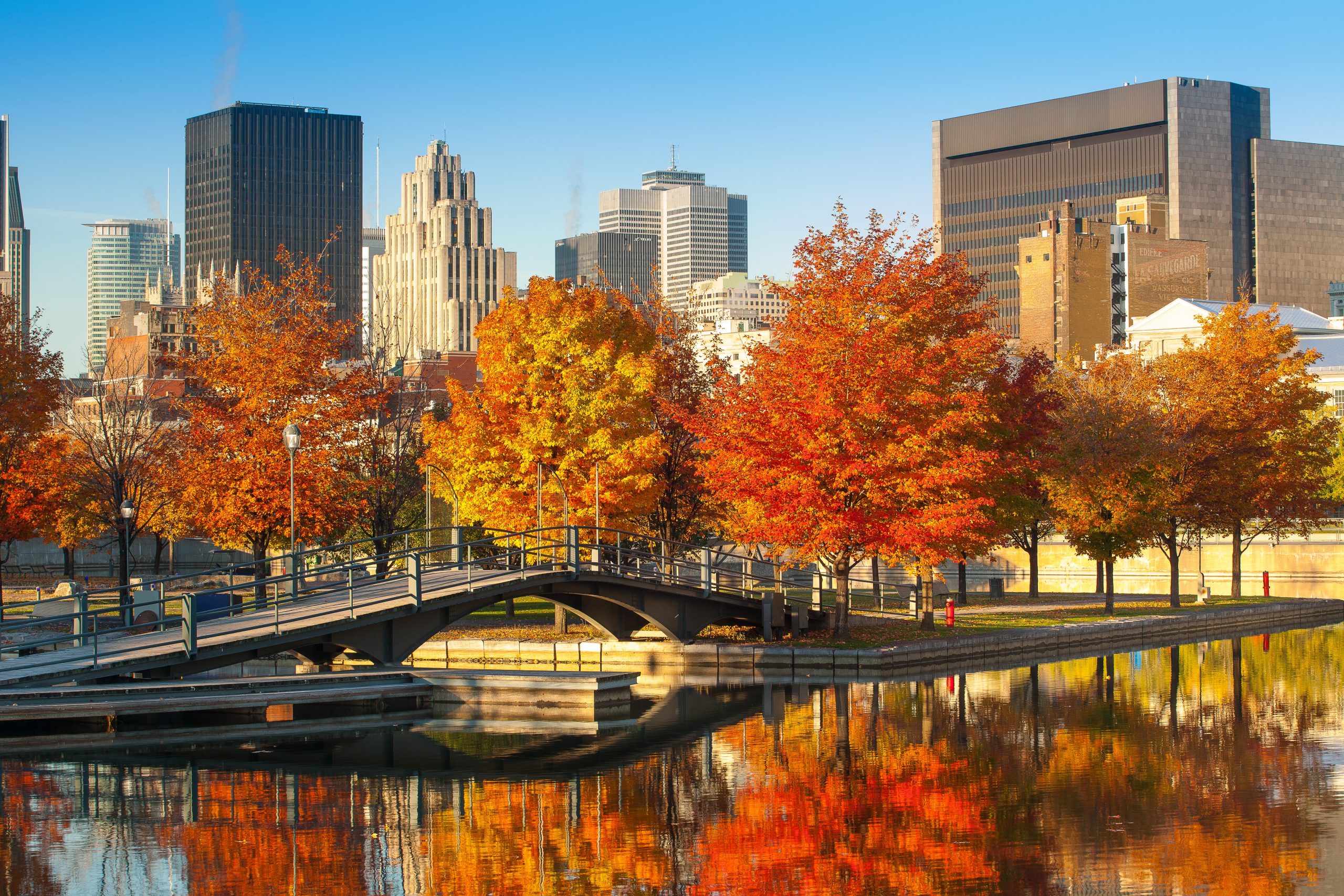
'Summer afternoon — summer afternoon; to me those have always been the two most beautiful words in the English language.' Substitute 'autumn' for 'summer' and 'morning' for 'afternoon' and, with all due respect to Henry James, I really could not have put it better myself.
So when an invitation came to spend two weeks in October travelling by ship from New York to Montréal via Nova Scotia in order to admire the changing leaves from a novel point of view — well, how could I possibly say no?
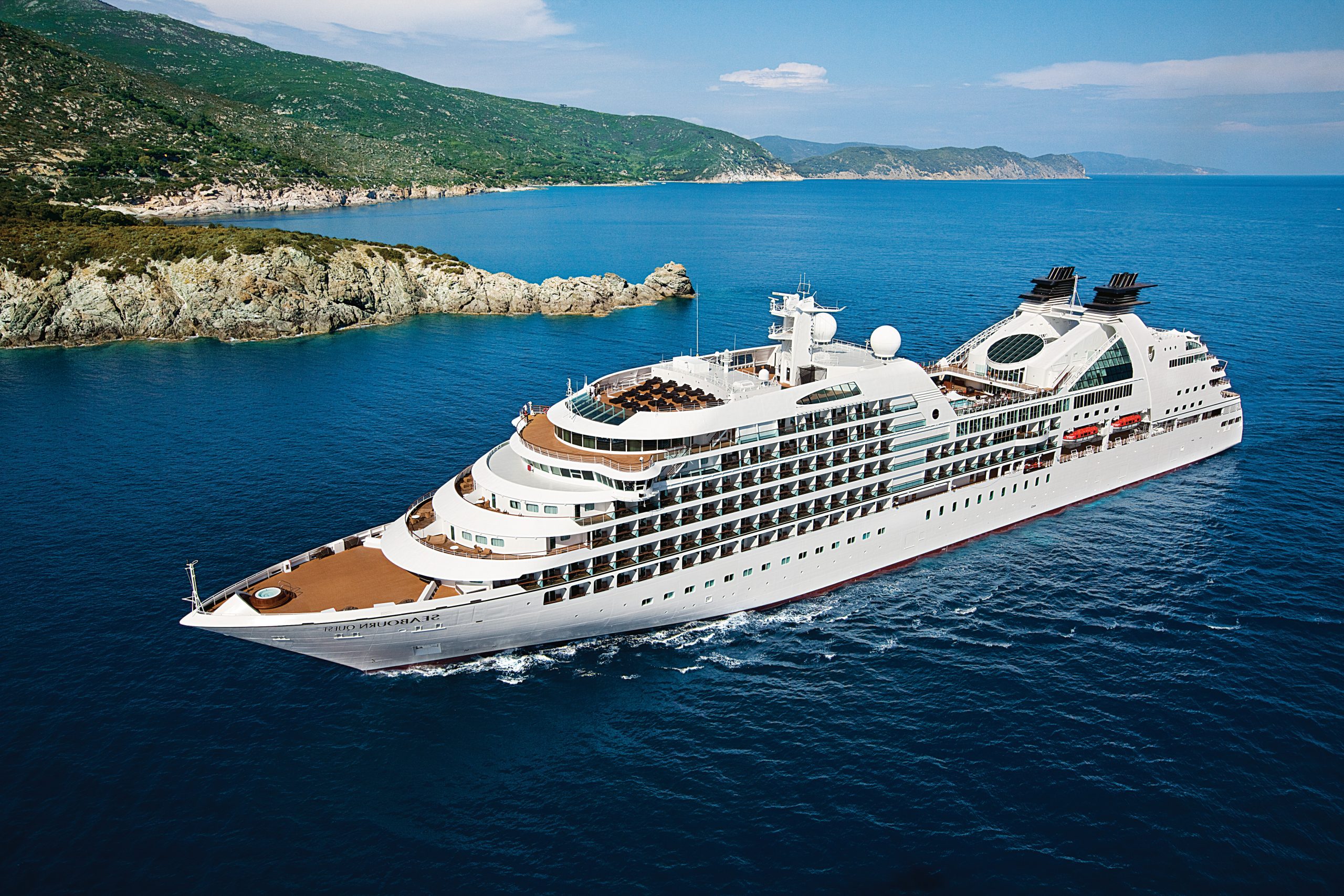
The ship that would ply this 'Fall Foliage' route was Seabourn Quest. With a mere ten decks and capacity for 458 passengers, Quest is a bath toy among cruise ships — one-sixteenth the size of Royal Caribbean’s Icon of the Seas. (I was still getting lost on Quest after a fortnight. I will leave Icon of the Seas to escape-room specialists.)
In cloudless New York, the idea of autumn was scarcely conceivable. The city was still in T-shirts, on roller-skates, wearing sunglasses.
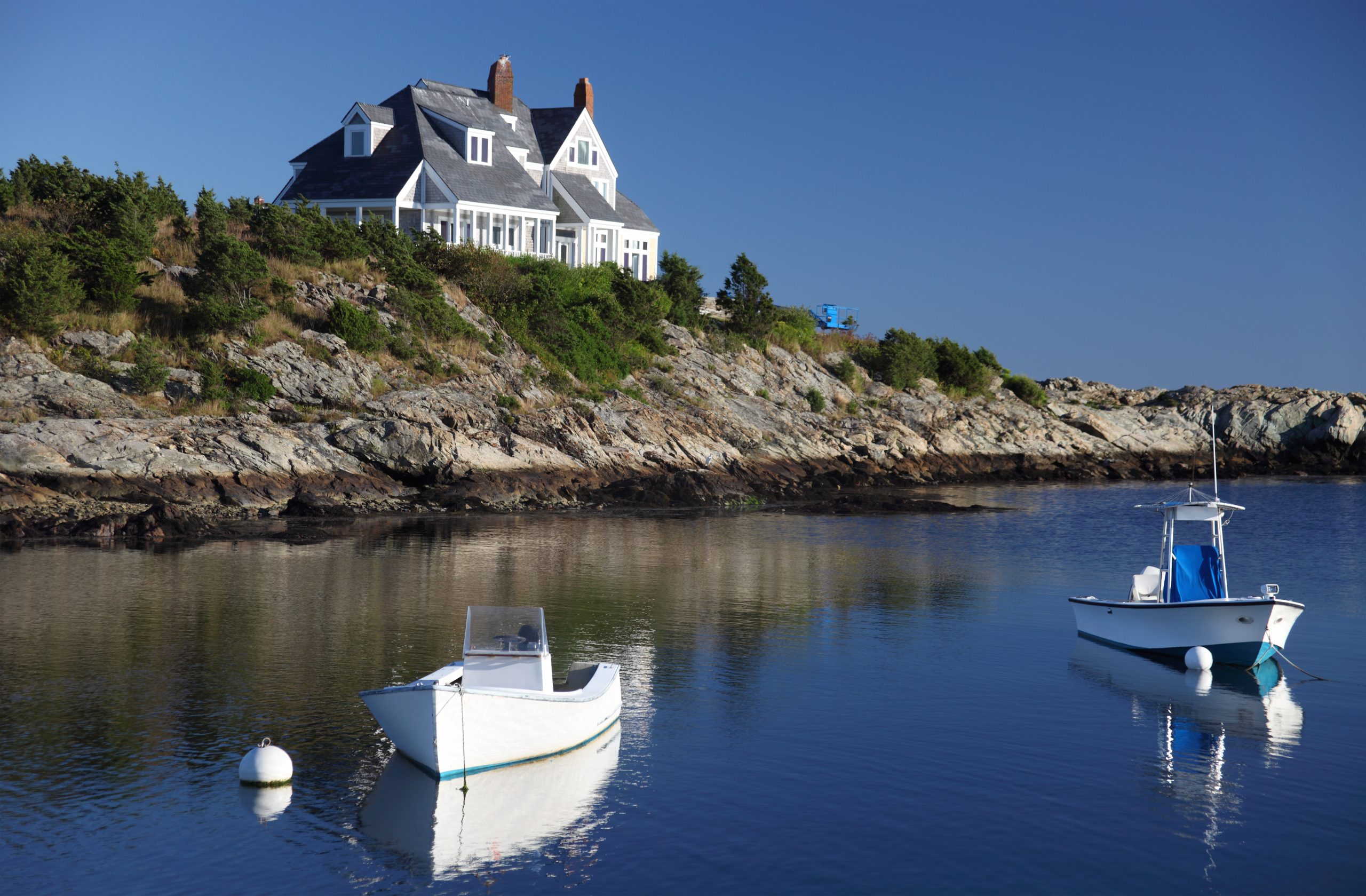
In Newport, Rhode Island, our first port of call, in the grounds of the mansions along Bellevue Avenue, a slight change was perceptible. A few turning leaves, a lemony tint to the birch leaves, a hint of tremble to the aspen. But the pure gold remained, for the time being, locked up inside in the possession not of God, but of Vanderbilts.
In Cambridge, Massachusetts, I discerned a subtle glow to the oaks and maples of Harvard Yard, more suggestive of rosy-cheeked undergraduates in their hockey-playing prime than of sherry-soaked dons sliding into late-career stupefaction.

But by day four, in Acadia National Park on Mount Desert Island, off the coast of Maine, it was a different story.
Exquisite houses, the beauty of Nature, and how to get the most from your life, straight to your inbox.
Acadia was the first national park east of the Mississippi and the first to be assembled from parcels of land donated by private owners. Popularised in the mid-19th century by painters of the Hudson River School, Mount Desert Island became a fashionable resort for the rich. One of these 'cottagers', John D. Rockefeller Jr, built and bequeathed a network of carriage roads on the condition that they never be used for motorised vehicles. Today cyclists and hikers adore these roads — though the recently raised question of whether or not e-bikes are motorised vehicles is proving a sticky one.
A devastating fire in 1947 not only destroyed many of the cottagers’ summer mansions, but also caused a dramatic change in the makeup of the forest. Once composed almost exclusively of fir and spruce, in the aftermath of the blaze deciduous species flourished, creating a colourful mixture of the kind typically associated with autumn hotspots further south and inland, such as Vermont.
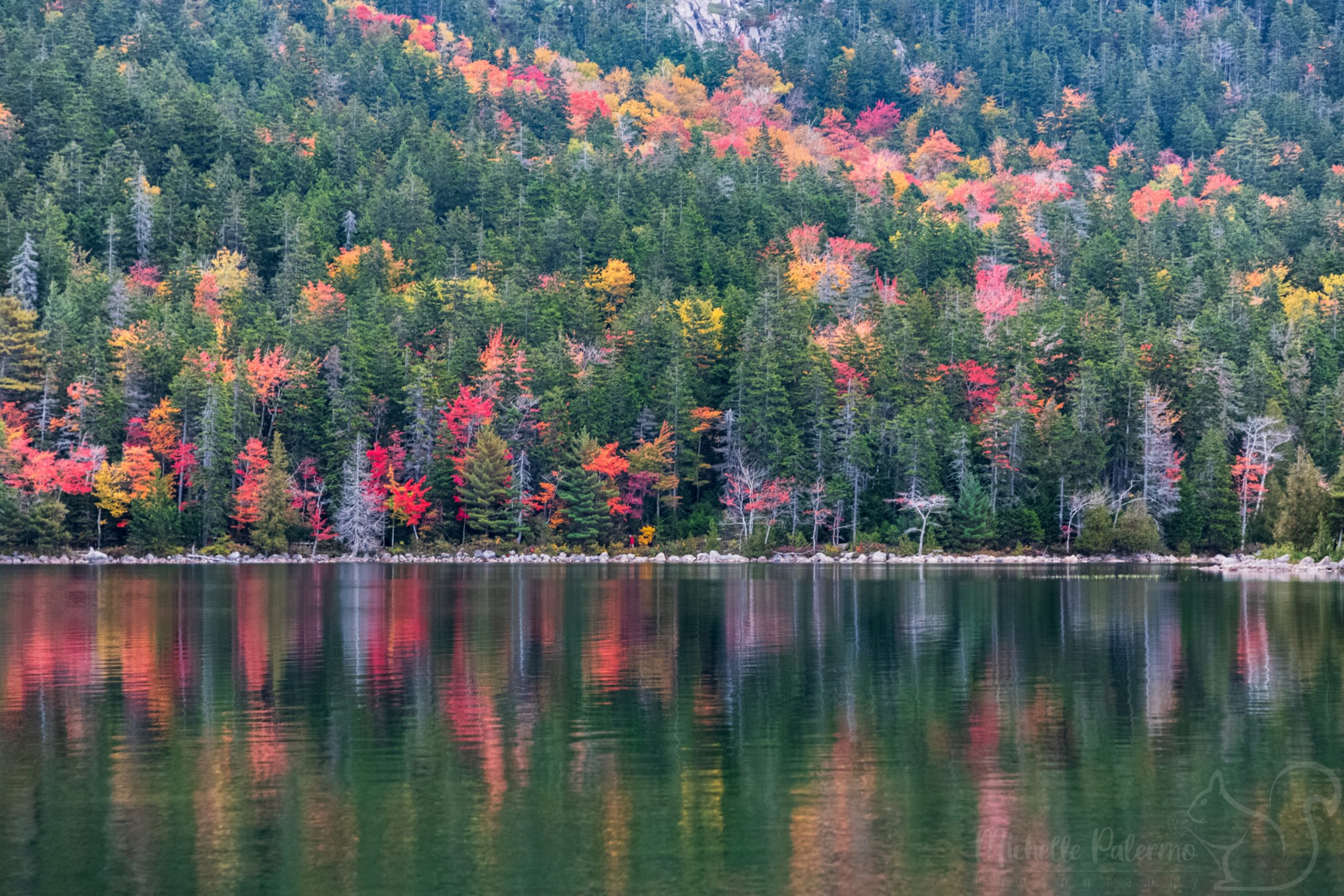
Though the landscape and colours of Acadia were marvellous, there was here and there a patchy look to the foliage. Our guide, a young biology graduate, explained that this year the trees in certain areas of the park had actually shed their leaves in July, in a stress reaction to a particularly unfavourable combination of waterlogging and hot weather.
Over the past century, she told us, Acadia has warmed by nearly three-and-a-half degrees Fahrenheit. A fifth of its plant species have disappeared and the glorious scarlets of the autumn maple leaves are appearing more than a month later. The big question, she reckoned, is not what is causing these climate-related changes, but what their long-term effects will be on the forest. Temperatures are staying warmer for longer. Autumn is getting shorter. Will trees be able to finish absorbing all the nutrients they need before winter? If not and their health declines, how will that affect their capacity to absorb carbon dioxide?
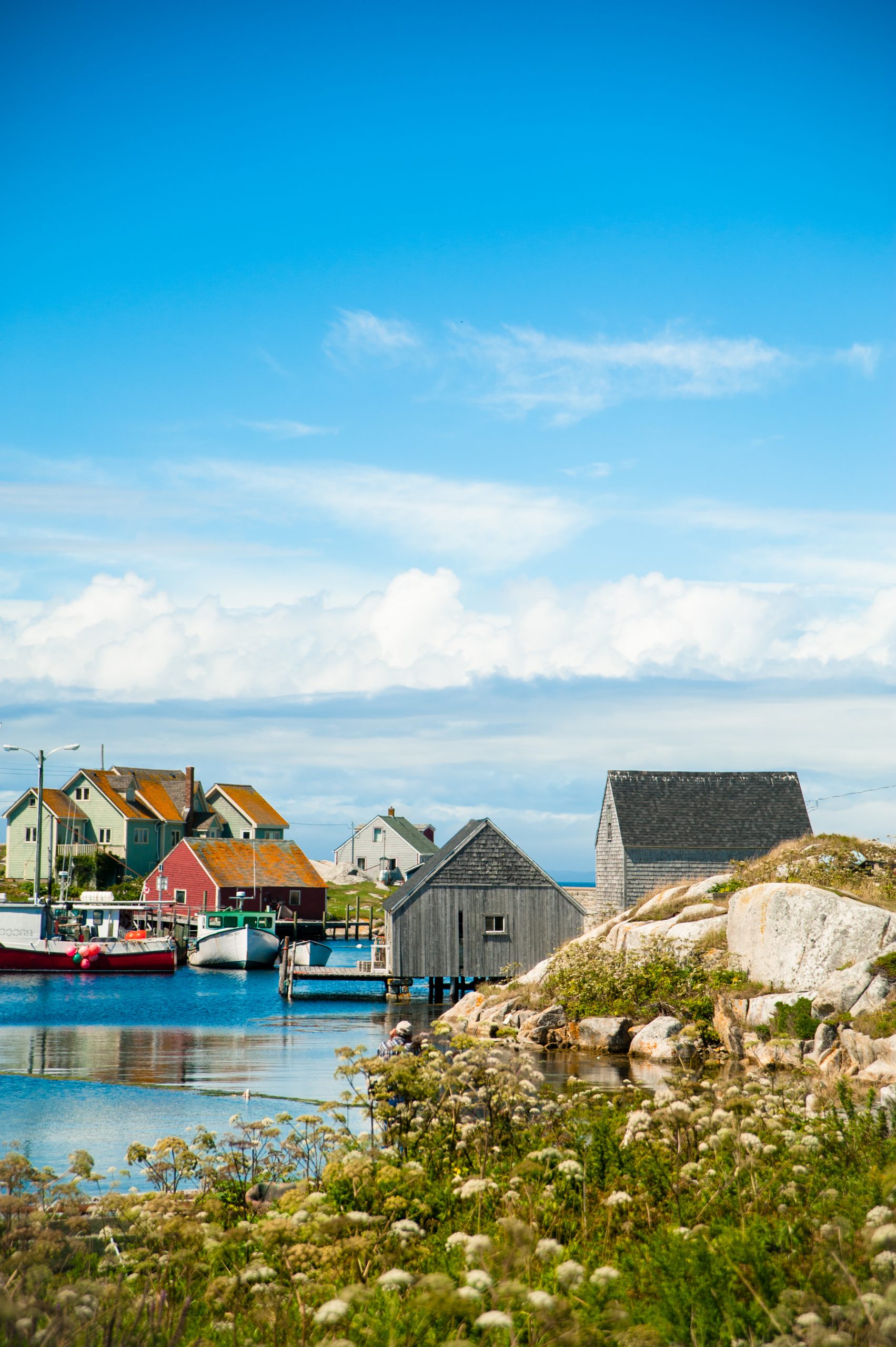
On we sailed. Halifax, Nova Scotia (above). Charlottetown, Prince Edward Island. Days at sea. More than a week had glided by.
Initially I had asked everyone I met for their perceptions about the leaves. At dinner on the first night I sat next to a woman from New Orleans who had taken the same cruise several times in the past. I asked her whether she thought it mattered that my cabin was, given the direction of travel, on the wrong side of the ship for admiring the trees on the coast. 'Honey, whatever are you talkin’ about? It’s daaaahk outside.'
Somewhat to my surprise, few of the other passengers seemed more than incidentally interested in the 'Fall Foliage' aspect of the trip. None of the onboard lecturers spoke about it. Only a small number of the shore excursions on offer had anything specifically to do with it.
As far as I could tell, food, drink and the evening entertainment were my travelling companions’ principal concerns. A 'Maine Seafood Market' buffet following our departure from Bar Harbor was a huge hit. Lobsters were arrayed on a bed of ice the size of a billboard. People talked about it for days afterwards.
Most of the passengers were seasoned cruisers. I met one elderly lady who had, at that point, spent 1,448 nights aboard Seabourn ships — almost four years of her life. Clearly she was fond of the brand. I asked her if there was anything about the Seabourn way of doing things that she would change. She looked at me as if I had set fire to a flag. 'Well,' she said after a moment. 'I sometimes wish they’d serve dinner a little earlier. I hate to miss the start of the show.'

By the time we rounded Nova Scotia, halfway into the trip, I worried that I had missed the start of the show too — the leaf show. But in fact the loveliest moments were still to come. As we entered the St Lawrence River (above) we had, for the first time since we left New York, land to starboard as well as port, only this time it was thick not with steel and glass towers but dark evergreens and brilliant deciduous trees.
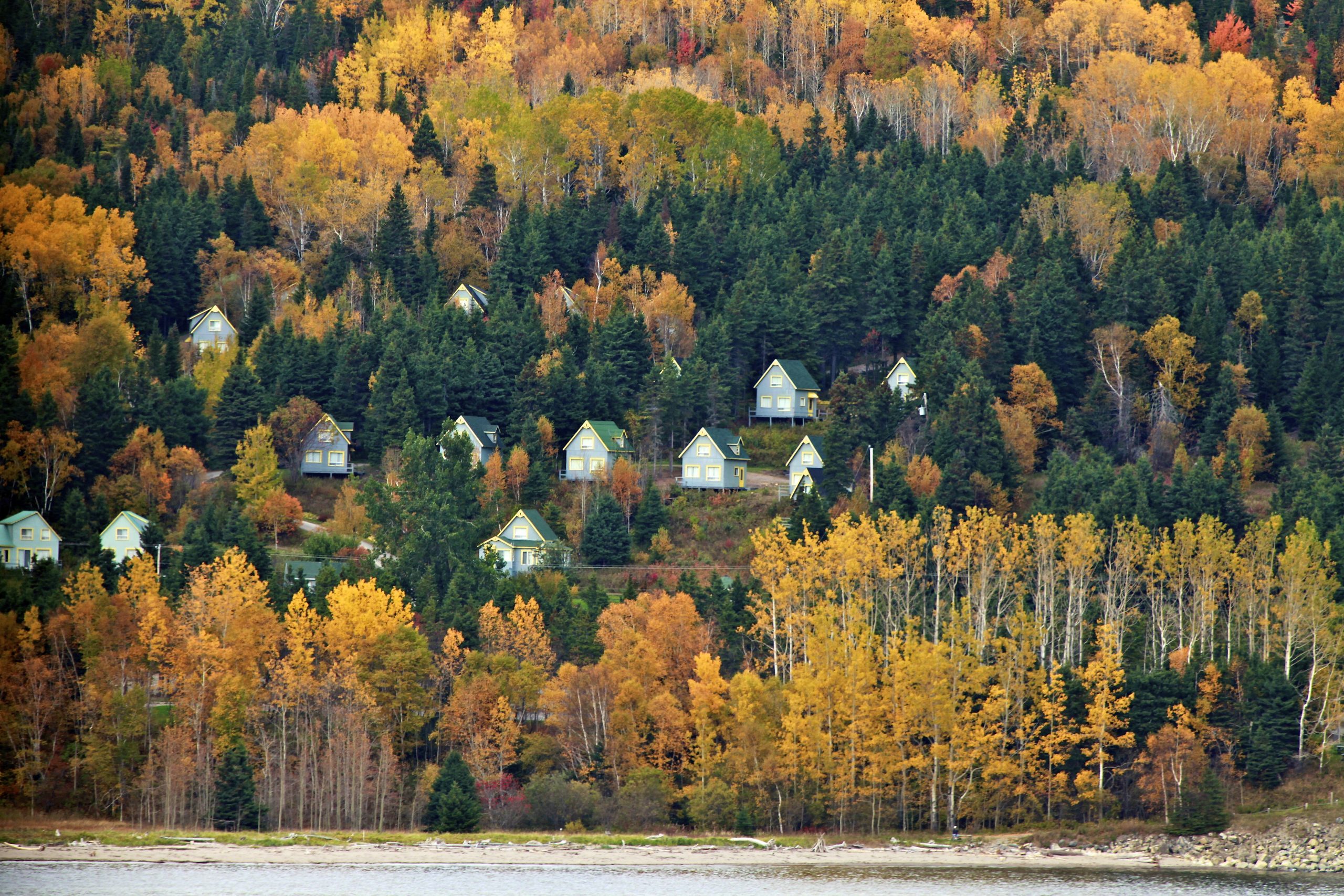
For a blissful 90 minutes or so in Saguenay Fjord National Park I walked in a forest of birch on a soft golden carpet of freshly fallen leaves, beneath a seemingly endless swirl of still more leaves that were in the process of falling, dislodged by gusts, swishing to and fro on the breeze like weightless pendulums. Looking up, I was reminded of the Criterion Bar in London, with its famous 'glistering' gold-mosaic ceiling.

There were other pleasant surprises in store before we ended the cruise in Montréal. I was completely charmed by the higgledy-piggledy grandeur of Québec City (above); and I regretted not being able to linger long enough in Trois Rivières to attend a 'Victorian-style séance' that I saw advertised in the street. Earlier in the trip, one of our excursion guides had pointed out from the bus the church in Newport where Jackie and JFK had been married. 'Maybe another time if you want you can go there,' she said as we zoomed by. 'It’s open for visitations.' No rush, then. The things you miss in this life you can always catch in the next one.
The next 12-Day Canada & New England Fall Foliage cruise on Seabourn Quest departs from New York on October 6, 2024, and costs from £6,099 per person, based on two sharing an Ocean View suite. For reservations and more information on this or other itineraries, visit www.seabourn.com or ring 0843 373 2000.
Country Life is unlike any other magazine: the only glossy weekly on the newsstand and the only magazine that has been guest-edited by His Majesty The King not once, but twice. It is a celebration of modern rural life and all its diverse joys and pleasures — that was first published in Queen Victoria's Diamond Jubilee year. Our eclectic mixture of witty and informative content — from the most up-to-date property news and commentary and a coveted glimpse inside some of the UK's best houses and gardens, to gardening, the arts and interior design, written by experts in their field — still cannot be found in print or online, anywhere else.
